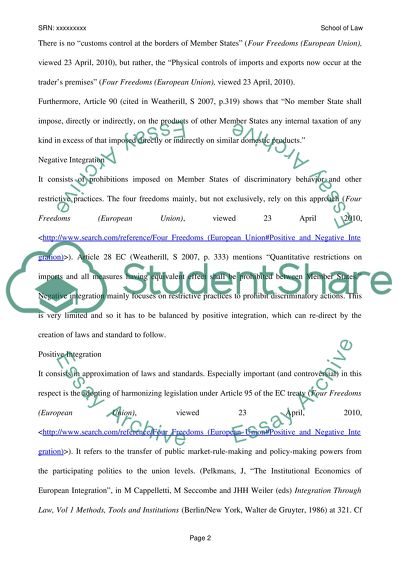Cite this document
(“INTERNAL MARKET LAW Essay Example | Topics and Well Written Essays - 2500 words”, n.d.)
INTERNAL MARKET LAW Essay Example | Topics and Well Written Essays - 2500 words. Retrieved from https://studentshare.org/miscellaneous/1565636-internal-market-law
INTERNAL MARKET LAW Essay Example | Topics and Well Written Essays - 2500 words. Retrieved from https://studentshare.org/miscellaneous/1565636-internal-market-law
(INTERNAL MARKET LAW Essay Example | Topics and Well Written Essays - 2500 Words)
INTERNAL MARKET LAW Essay Example | Topics and Well Written Essays - 2500 Words. https://studentshare.org/miscellaneous/1565636-internal-market-law.
INTERNAL MARKET LAW Essay Example | Topics and Well Written Essays - 2500 Words. https://studentshare.org/miscellaneous/1565636-internal-market-law.
“INTERNAL MARKET LAW Essay Example | Topics and Well Written Essays - 2500 Words”, n.d. https://studentshare.org/miscellaneous/1565636-internal-market-law.


